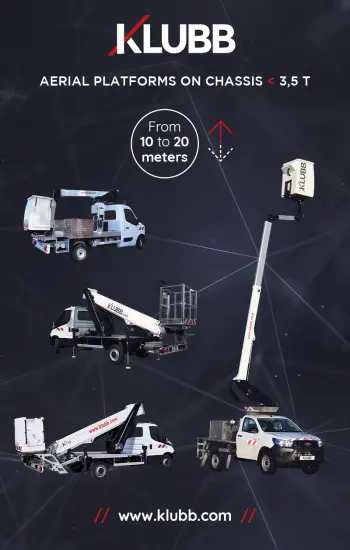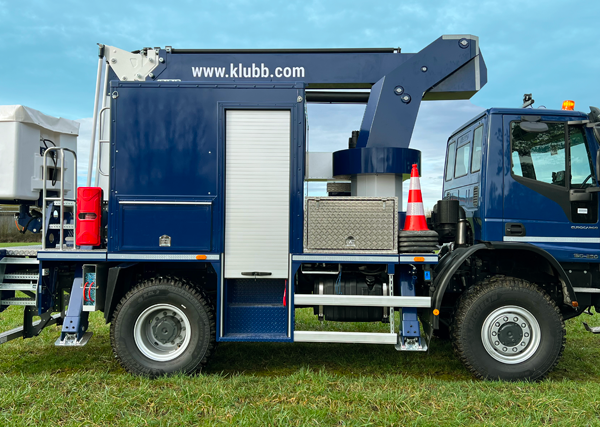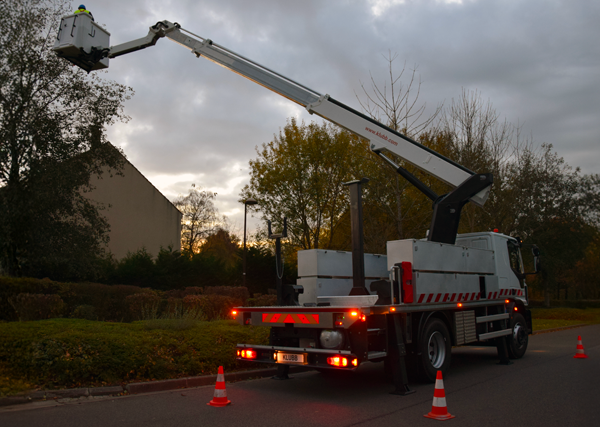
Working at heights comes with risks, especially in unfavorable weather conditions. These conditions can disrupt operators' routines, necessitating additional measures to reduce the risks of slips and falls.
Identifying Weather-related Risks
Unfavorable weather conditions such as rain, snow, and ice can make surfaces slippery and hazardous. This increases the risk of slips and falls for operators and others near equipment.
Preventive Measures
Before using an elevated platform, it's highly recommended to visually inspect surfaces for any spills (water, snow, debris, etc.) that could cause slips. Furthermore, consider postponing high-altitude work requiring an elevated platform during unfavorable weather conditions to reduce the risks of slips and falls.
Operator Training and Supervision
It's essential to train operators on the risks associated with adverse weather conditions and best practices for safely working at heights. This includes using personal protective equipment like safety harnesses, helmets, and non-slip shoes. Continuous supervision is also necessary to ensure adherence to safety measures.
Regulations and Employer Responsibilities
Labor laws mandate a prior risk assessment for any activity involving fall hazards. Specific articles detail employer obligations regarding safety during work at heights, including the use of collective and personal protective devices. Regulations on personal protective equipment stipulate that such gear must be suitable for the risks, properly maintained, and used according to manufacturer instructions. Employers must ensure operators are trained in equipment use, oversee adherence to prevention measures, adjust operations based on weather conditions, and make appropriate decisions in case of deteriorating conditions.
Practical Measures
To ensure operator safety, employers can implement various practical measures: develop detailed work plans including weather risk assessments and evacuation strategies for extreme conditions, utilize modern tools and technologies to enhance operator safety, maintain constant communication between teams, and provide active supervision to enforce safety measures.
Working at heights in degraded weather conditions demands heightened vigilance and thorough preparation to mitigate accident risks. By following preventive measures, providing adequate operator training, and complying with regulations, you can significantly reduce the risks of slips and falls.




